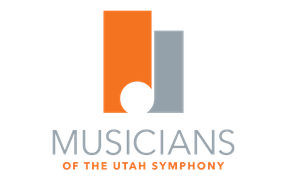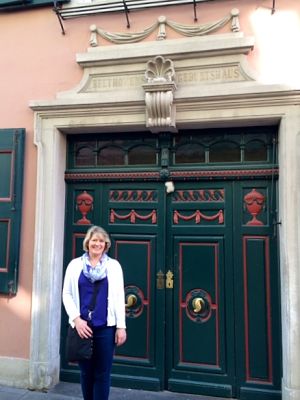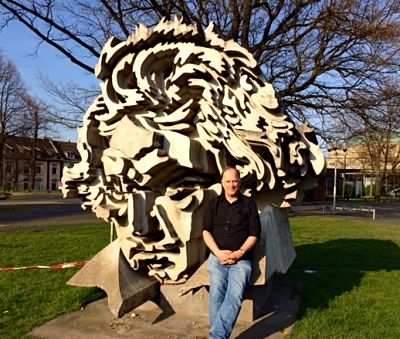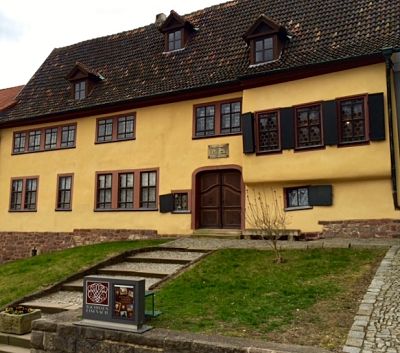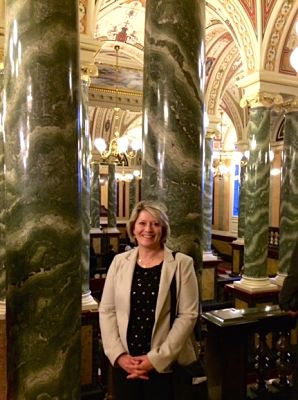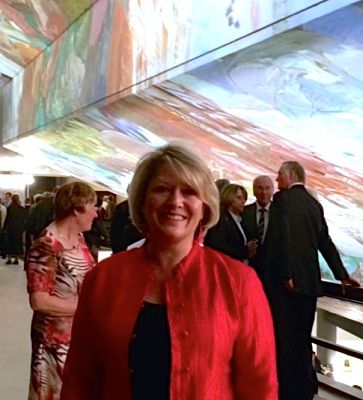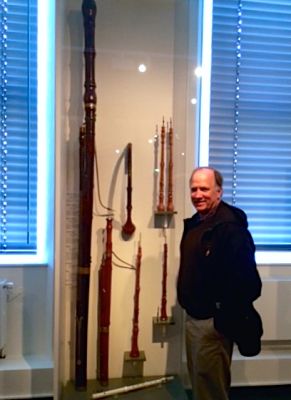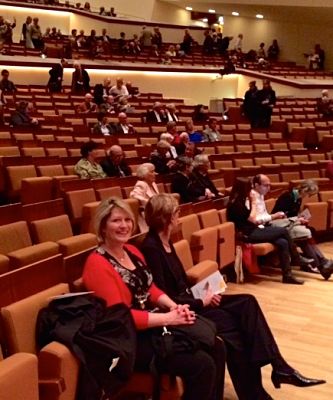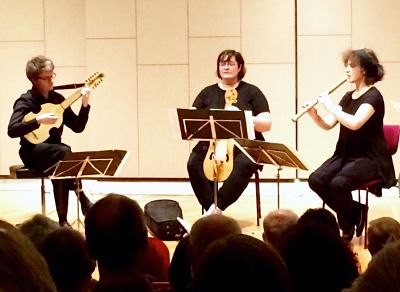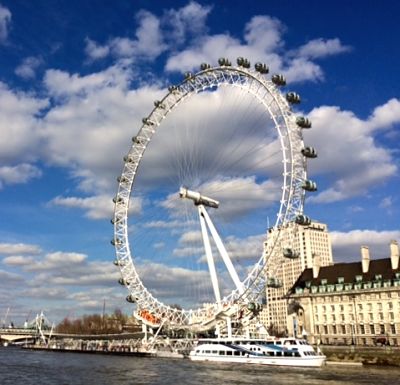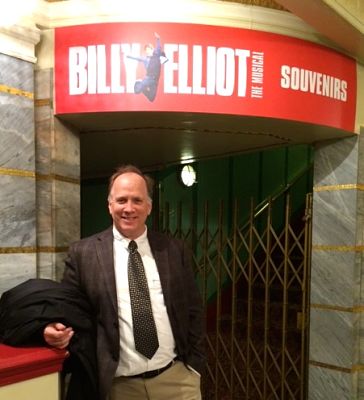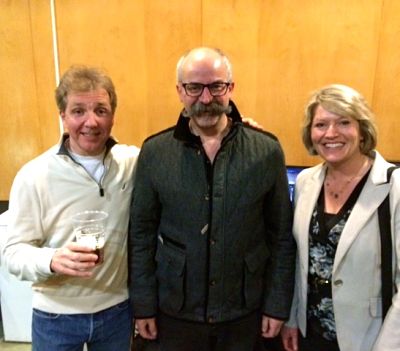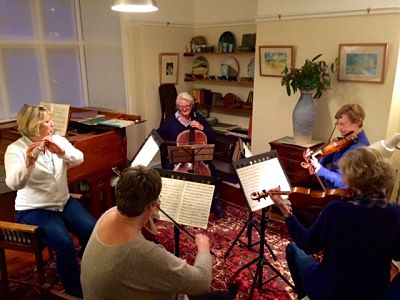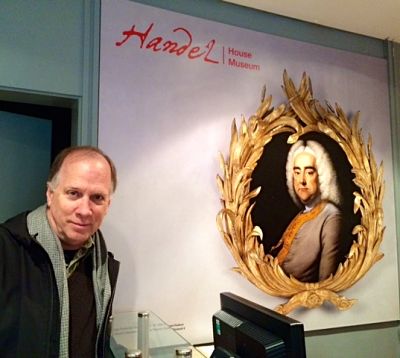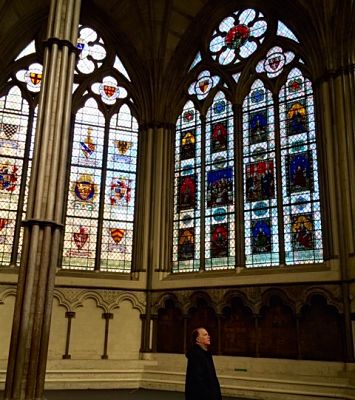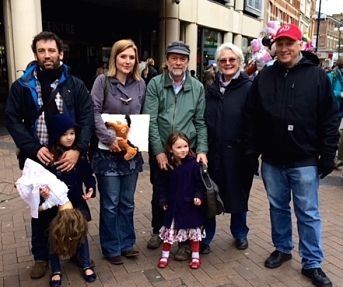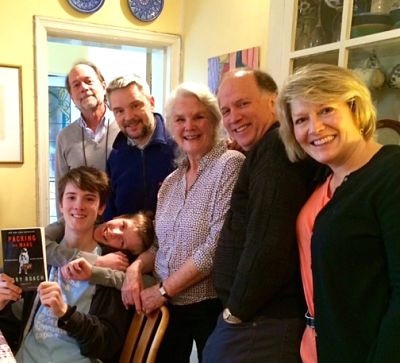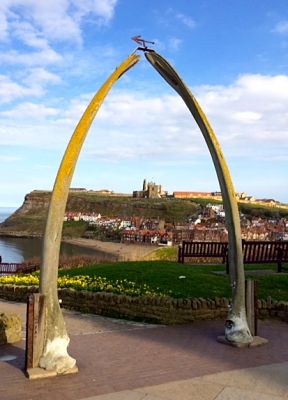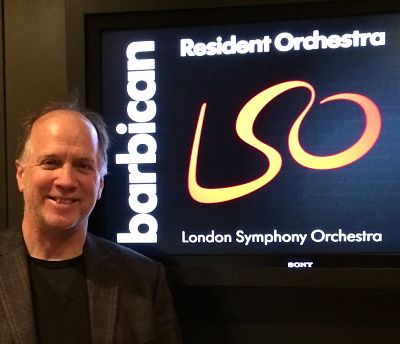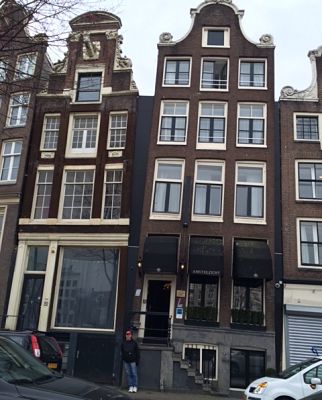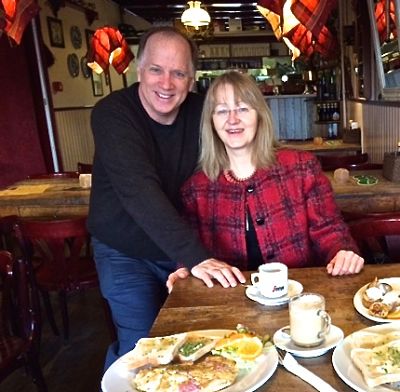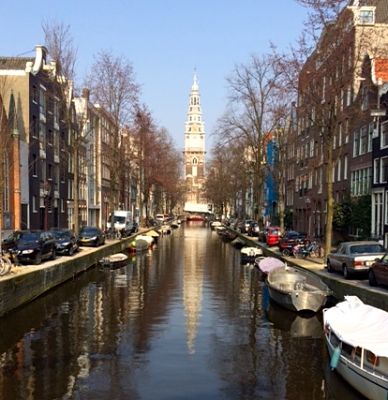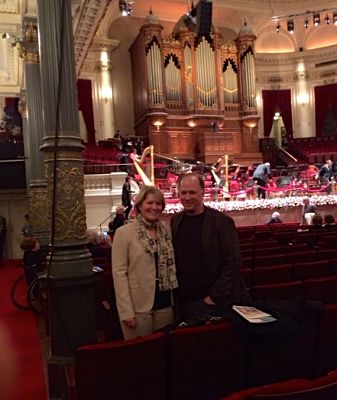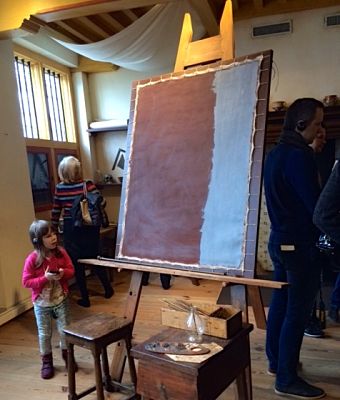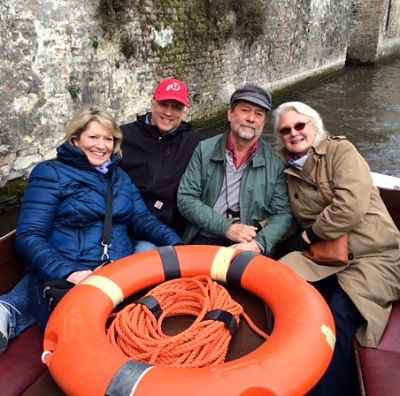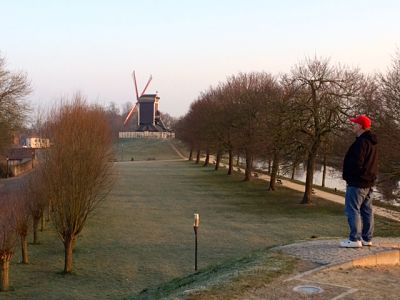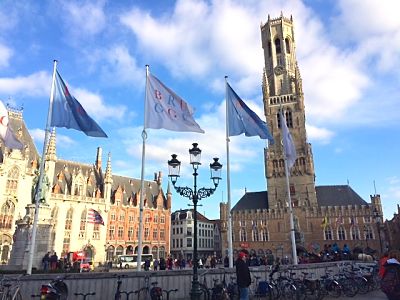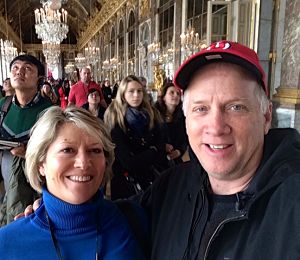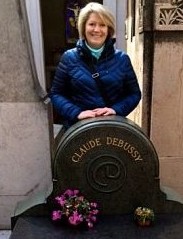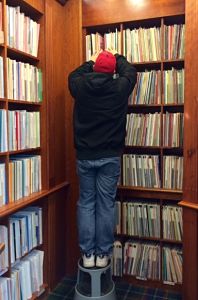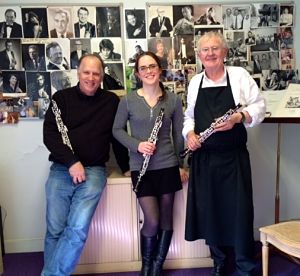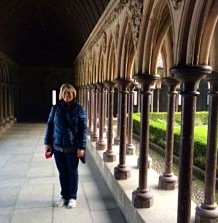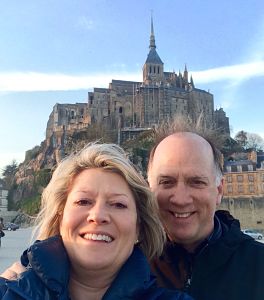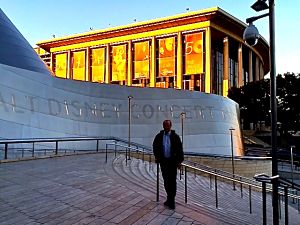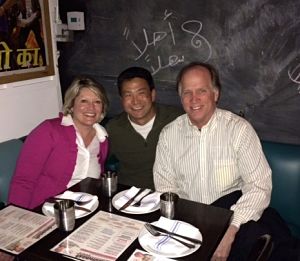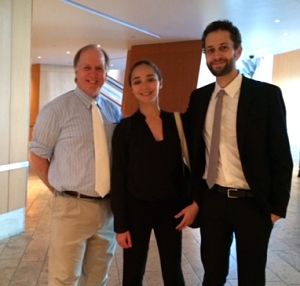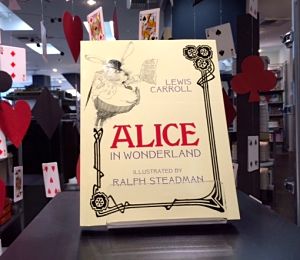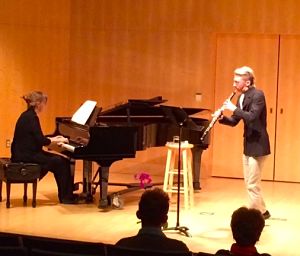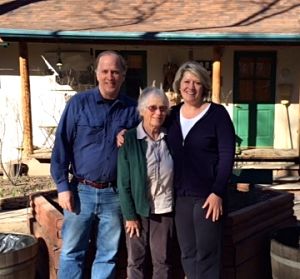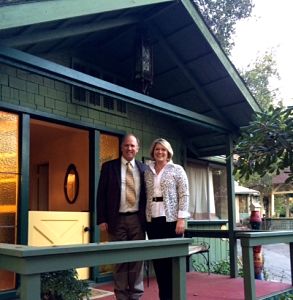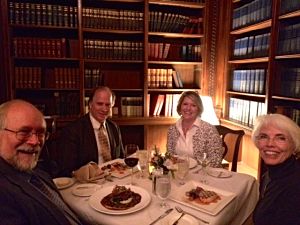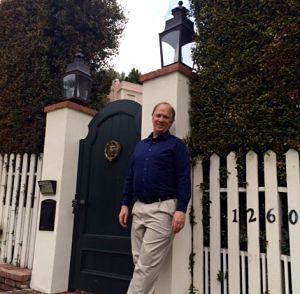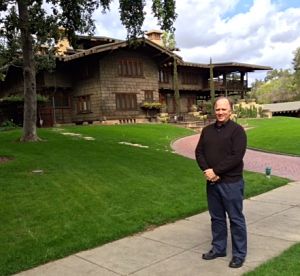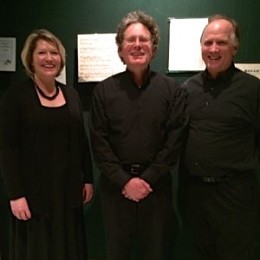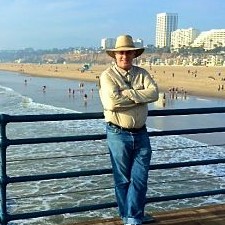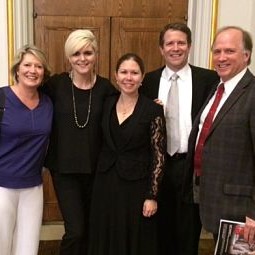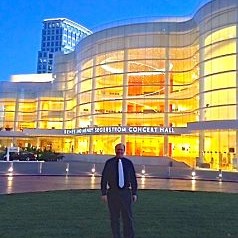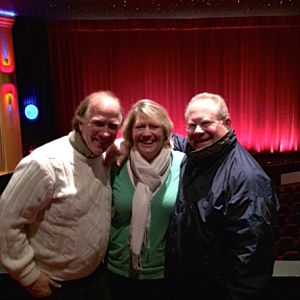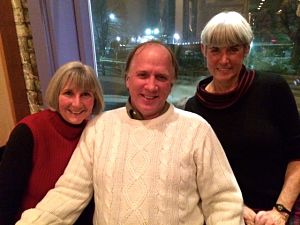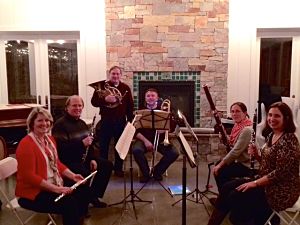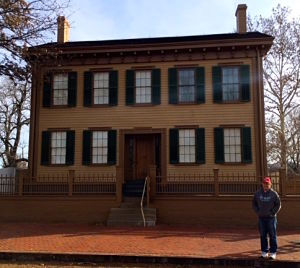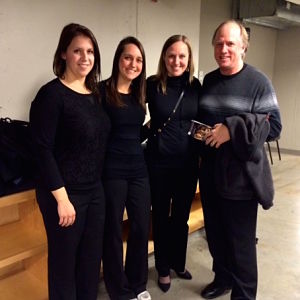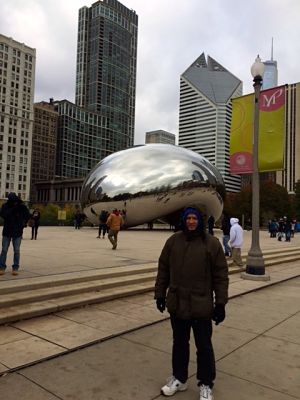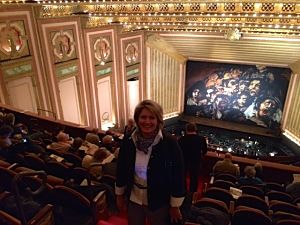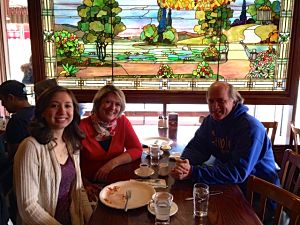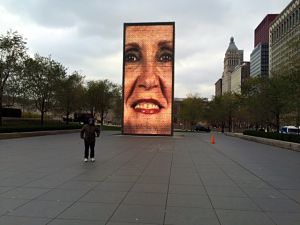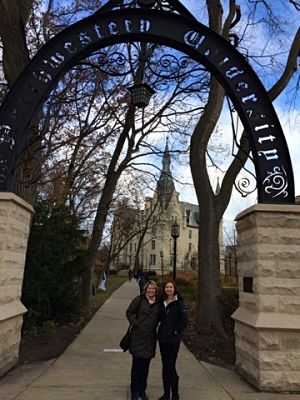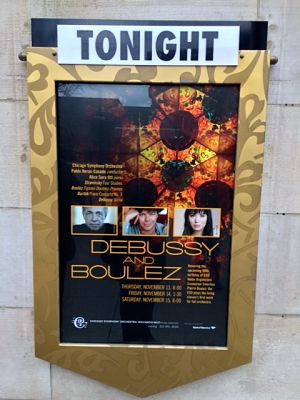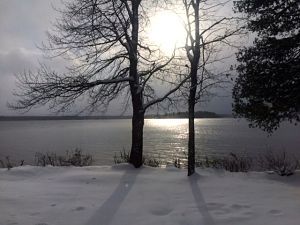More Germany and Vienna
Munich is a large city in the southern part of Germany. We noticed the ethnic diversity right away. There are a lot of restaurants, five and six-story buildings, and bikes you should keep an eye on. Lisa would have a run-in with one, but recovered nicely. We started off with some great Indian food. We would return the next day for the buffet. Equally impressive! Our accommodations were at a hotel across the street from a cemetery, so it was quiet enough. The train station was also close by which helped us get around easily.
Though we had been up early and on the train for a while, we were excited to hear the Munich Philharmonic with Paavo Jarvi conducting and violin soloist Joshua Bell. Jarvi and Lisa were in school together and like most of the conductors we’ve seen, he looks much the same. Maybe all that flailing around helps keep a conductor young! The program included Nielsen’s Masquerade Overture, the Tchaikovsky Violin Concerto, Stravinsky’s Scherzo Fantastique and the Symphony No. 1 by Shostakovich. Joshua Bell was really fabulous. He makes it look so easy, though it couldn’t possibly be. His bow arm becomes a blur in some of the technical passages and as always, he sings in the most expressive manner. We really enjoyed the musicians Herman van Kogelenberg on his wooden flute and cellist Michael Hell. The string playing was full of energy.
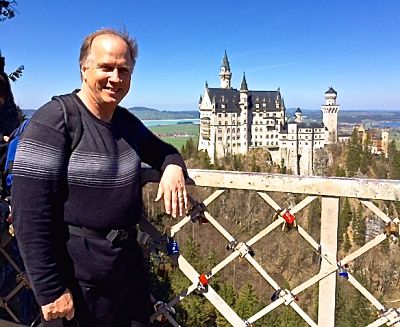
Neuschwanstein Castle
On our second day in Munich, we took a train and a bus to the Bavarian Alps to see the great castles of King Ludwig II. King Ludwig II was close friends with Richard Wagner and many scenes from the Ring Cycle are painted on the castle walls. Walt Disney was undoubtedly inspired when he saw the Neuschwanstein Castle on the edge of the Alps. Its fairy tale appearance would remind this southern Californian of boyhood trips to Magic Mountain and Cinderella’s Castle at Disneyland. Large tour groups would enjoy a beautiful day with us. King Ludwig must have been in good shape. The two castles we toured are very tall and there are a lot of stairs!
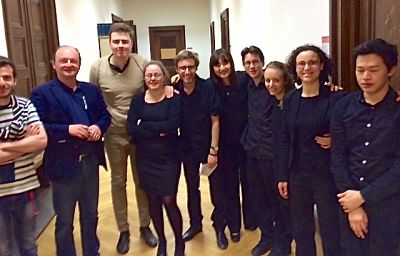
François Leleux’s oboe class
By chance, I stumbled upon the announcement of an oboe class recital at the Munich Hochschule , where Professor François Leleux teaches. Mr. Leleux is recognized by many to be one of the great oboe players of our day. It might not be possible to hear him play during our time in Europe, but maybe hearing nine of his students would be the next best thing! We found the school and met with François before and after the recital. He was most gracious. His nine students played with terrific musical expression. Even the flute player (Lisa) I was sitting next to was impressed. It was easy to imagine all the young oboists would have careers in music. François thought one student in particular might have a solo career.
Trains in Germany usually run on time. People use them and they’re generally clean and smooth running. These things don’t matter much when they suddenly go on strike! This would affect many travelers on our long trip back to Berlin. Fortunately, Lisa managed to get us on one of the few trains leaving Munich. We made a switch in Hannover and got to Berlin before sundown. Our new hotel in Berlin was pretty bad, but we enjoyed a Croatian meal right next door.
We spent much of the next day at Potsdam, home to Frederick the Great and at times Johann Joachim Quantz and C.P.E. Bach. Between the three of them, the flute went mainstream! King Frederick and his teacher, Quantz, performed regularly in this terrifically ornate palace. The rococo style is especially celebrated. This was a King who loved the arts and ruled his Prussian Empire for 46 years. The keyboard and flute that were used by Bach and Frederick were on display. They looked to be in excellent condition.
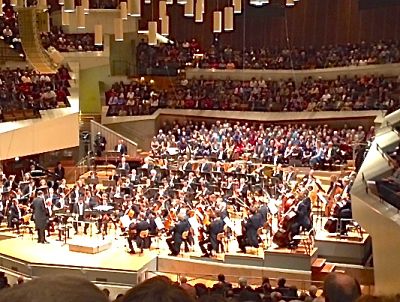
Berlin Philharmonic
We returned to Berlin to hear the Berlin Philharmonic again. The program featured a new trumpet concerto by H.K. Gruber and Mahler’s Symphony No. 5. Andris Nelsons conducted. The Mahler showed why the Berlin Philharmonic is such a great orchestra! It’s ranks were enlarged. Maybe having 30 violins can make a difference, but we’ve heard this orchestra sound amazing when there were only 18. In a couple of concerts we’ve heard, the orchestra was without either of their principal oboists and in the Mahler, without either one of their principal flutists. What seems to be apparent is the playing in the string sections. If you pay attention to the violins, you notice that their bows go the same direction, they use the same part of the bow, they use the same amount of bow, their left hands are synchronized, their use of vibrato matches, note lengths match, silences match and even the sway of their bodies match. There is a sense of fearlessness! It’s as though they are hugely prepared and have something to prove! You notice all this from the first stand to the last!
We returned to Leipzig in hopes of hearing the Gewandhaus Orchestra with David Zinman. Unfortunately, Zinman was sick. His young replacement, Omer Meir Wellber, led the orchestra in Haydn’s Symphony No. 87, a Dutilleux Cello Concerto and Schubert’s 4th Symphony. Our view was obstructed and I took advantage of that and enjoyed just listening. The cello soloist was Truis Mork and he was excellent. The orchestra played with precision. The conductor was more of a distraction.
The train strike ended in time for us to get to Vienna as scheduled. Our place is on a quieter street not too far from the cultural center of the city. It’s not uncommon to run into a statue of Mozart or Brahms or see their name on a menu. All the great composers from the past lived in Vienna or spent considerable time here. It’s a beautiful city with impressive buildings at every turn.
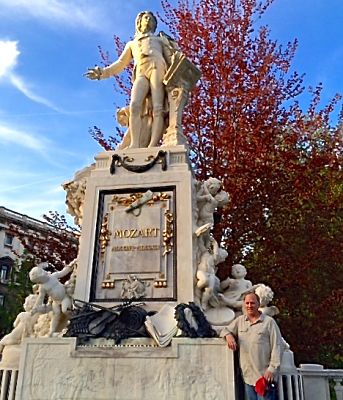
Mozart statue in Vienna
We heard the Vienna Philharmonic play an 11:00am concert with Ricardo Muti conducting. We had seen Muti in Berlin, so we were excited to see how things would go with a different orchestra. He conducted the same two first half pieces, Schubert’s Overture in the Italian Style and Mozart’s “Haffner” Symphony. Our seats were behind the tympani and last two rows of first violins. My seat was such that I was able to stand for most of the performance. It was interesting to see the tympani player in action. In the first piece his sticks were two pieces of wood without felt or anything to soften the sound. It seemed more like the butt end of a set of snare drum sticks. Regardless, he controlled them to perfection. The wind playing was truly spectacular. The flute and oboe were so in tune, so of one mind, the horn solos just glorious. The Brahms 2nd Symphony seemed like it was another one of the thousands of pieces that audiences heard first in Vienna and have continued to love for more than 100 years. The applause and shouts of “Bravo!” for Muti continued for several minutes, even after we left our seats! We said hello and bravo to the principal flutist as we exited the hall.
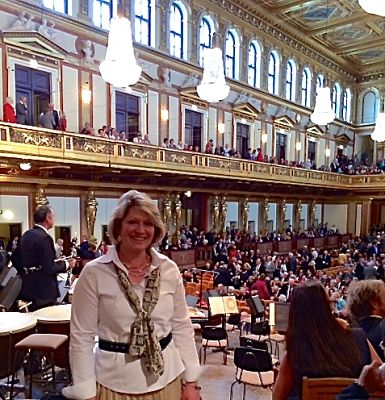
Musikverein
We returned to the Musikverein for an evening performance of the Webern Symphony Orchestra with Christoph Eschenbach conducting. There is a lot to notice about the hall, it’s acoustics, the busts of famous composers, the artwork on the ceiling, etc. But I pointed out the ten glass chandeliers to Lisa. They all are shaped like the bell of an oboe! This student orchestra played Mendelssohn’s Reformation Symphony and Bruckner’s Symphony No. 6. There were many good things and the students enjoyed their time in the spotlight. A clear cool night made it nice to walk back to our apartment.
Tonight it’s Rossini’s “Italian Girl in Algiers”. It should be a fun send-off, for tomorrow at this time, we’ll be in Italy! Now, how fluent in Italian can I get before we get to Venice? Stay tuned!
– Robert Stephenson and Lisa Byrnes
